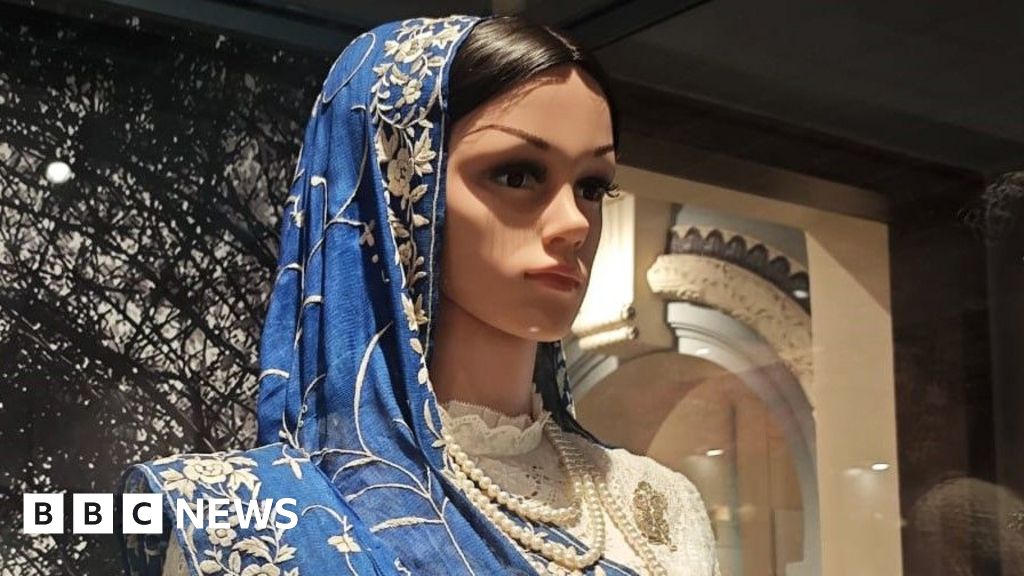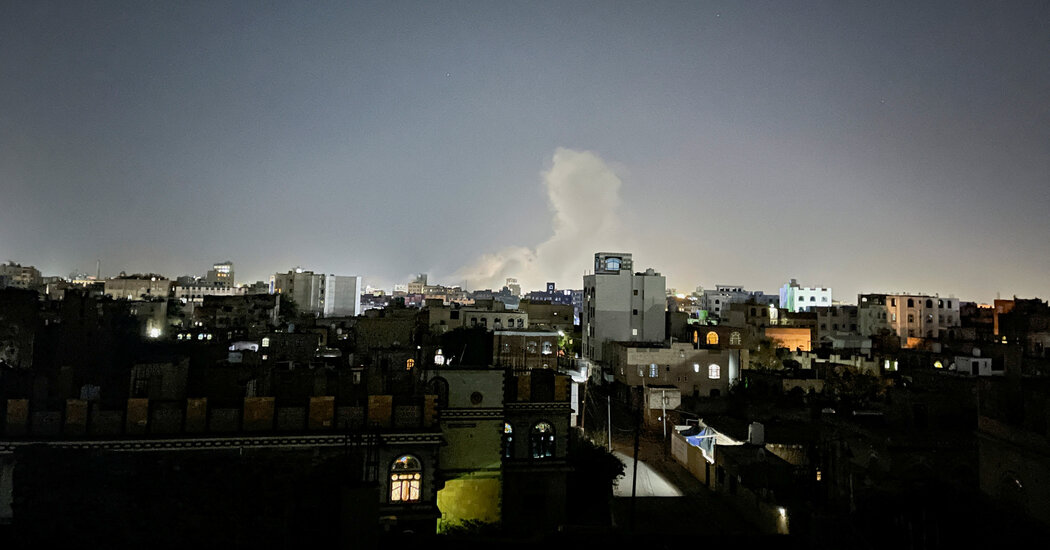BBC News, Mumbai
 BBC
BBCTucked away in a lane in the southern end of India’s financial capital, Mumbai, is a museum dedicated to the followers of one of the world’s oldest religions, Zoroastrianism.
The Framji Dadabhoy Alpaiwalla Museum documents the history and legacy of the ancient Parsi community – a small ethnic group that’s fast dwindling and resides largely in India.
Now estimated at just 50,000 to 60,000, the Parsis are believed to be descendants of Persians who fled religious persecution by Islamic rulers centuries ago.
Despite their significant contributions to India’s economic and cultural fabric, much about the Parsi community remains little known to the mainstream population and the wider world.
“The newly-renovated museum hopes to shake off some of this obscurity by inviting people to explore the history, culture and traditions of the Parsi community through the rare historical artefacts on display,” says Kerman Fatakia, curator of the museum.
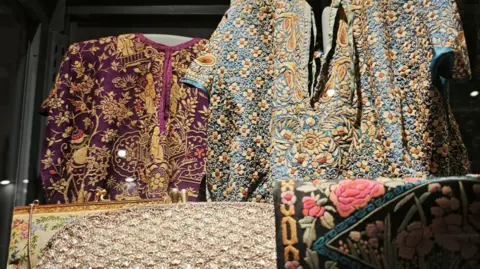
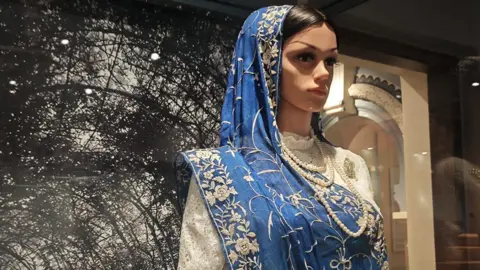
Some of these include cuneiform bricks, terracotta pots, coins and other objects sourced from places like Babylon, Mesopotamia, Susa and Iran and are dated to 4000-5000 BCE.
These are places where Zoroastrian Iranian kings once ruled, like the Achaemenian, Parthian and Sasanian dynasties.
There are also artefacts from Yazd, a city in central Iran which was once a barren desert and the place where many Zoroastrians settled after fleeing other regions of Iran after the Arab invasion in 7th Century BCE.
One of the notable artefacts on display is a replica of a clay cylinder of Cyrus the Great, a Persian king who was the founder of the Achaemenid empire.
Fatakia says the clay cylinder – also known as the “Edict of Cyrus” or the “Cyrus Cylinder” – is one of the most important discoveries of the ancient world. Inscribed in cuneiform script, it outlines the rights granted by Cyrus to his subjects in Babylon. Widely seen as the first human rights charter, a replica is also displayed at the United Nations.
Then there are maps that trace the migration routes of thousands of Iranian Zoroastrians who fled their home country fearing persecution and travelled to India in the 8th to10th centuries, and again in the 19th century.
The collection also features furniture, manuscripts, paintings, and portraits of prominent Parsis – among them Jamsetji Nusserwanji Tata, founder of the iconic Tata Group, which owns brands like Jaguar Land Rover and Tetley tea.
Another striking section showcases artefacts collected by Parsis who grew wealthy in the early 19th century trading tea, silk, cotton – and notably, opium – with China. The exhibits include traditional Parsi sarees influenced by designs from China, France, and other regions shaped by these global trade ties.
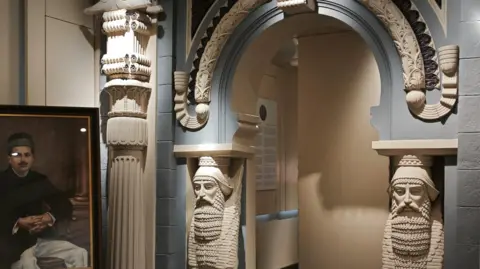

Two of the museum’s most compelling exhibits are replicas of a Tower of Silence and a Parsi fire temple.
The Tower of Silence, or dakhma, is where Parsis leave their dead to be returned to nature – neither buried nor cremated. “The replica shows exactly what happens to the body once it’s placed there,” says Fatakia, noting that entry to actual towers is restricted to a select few.
The life-size replica of the fire temple is equally fascinating, offering a rare glimpse into a sacred space typically off-limits to non-Parsis. Modelled on a prominent Mumbai temple, it features sacred motifs inspired by ancient Persian architecture in Iran.
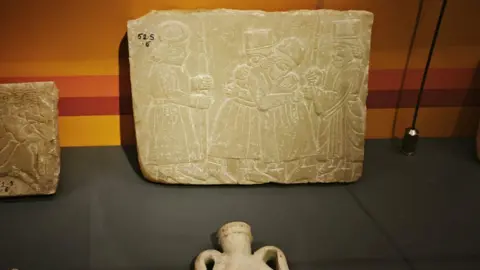
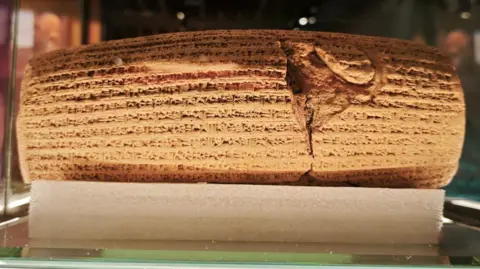
The Alpaiwala Museum, originally founded in 1952 in what was then Bombay, is one of the city’s older institutions. Recently renovated, it now features modern displays with well-captioned exhibits in glass cases. Every visitor is offered a guided tour.
“It’s a small museum but it is packed with history,” Fatakia says.
“And it’s a great place for not just the residents of Mumbai or India to learn more about the Parsi community but for people from all over the world.”
